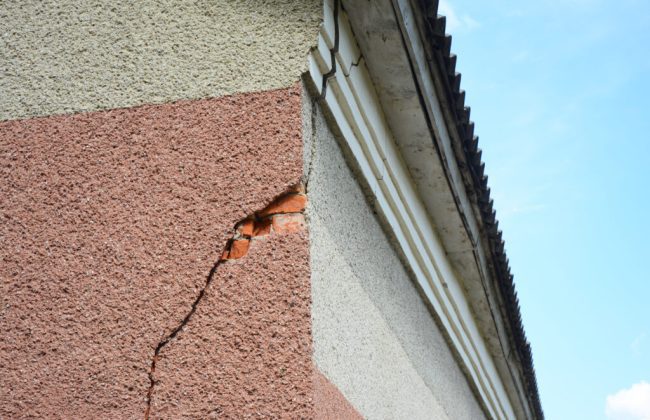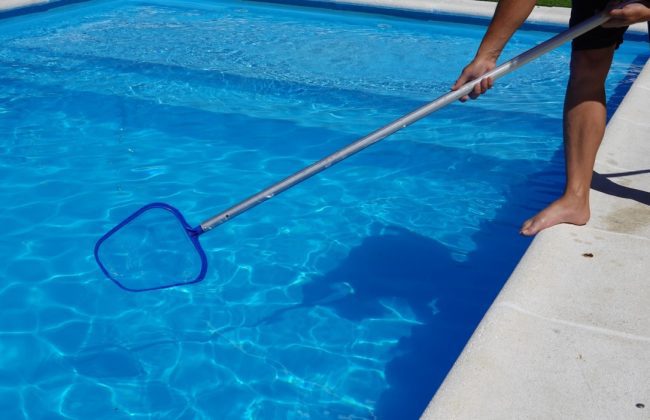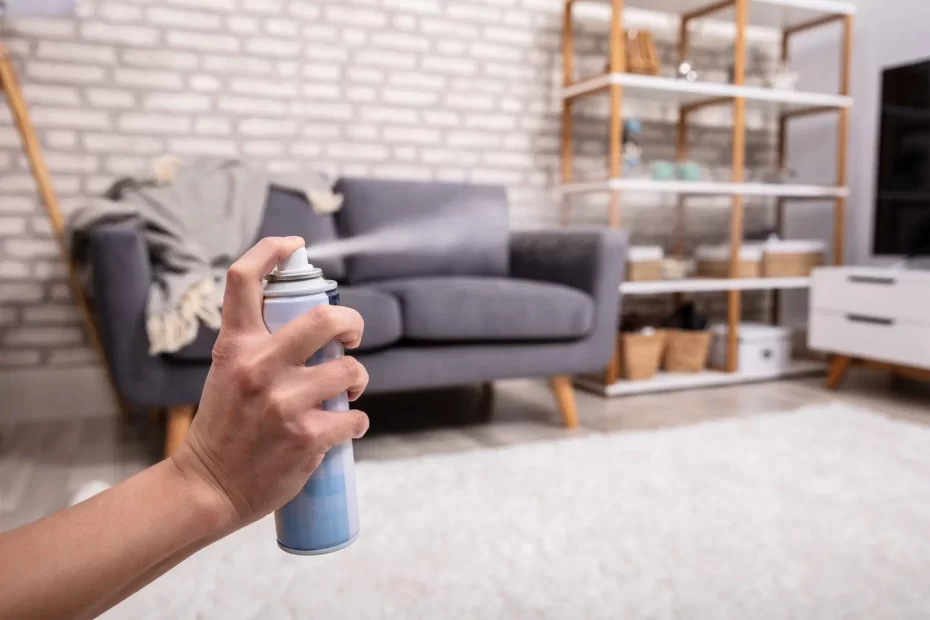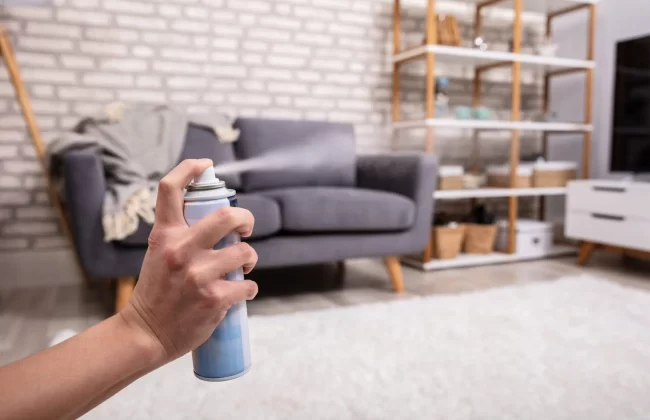Water finds tiny gaps and keeps going. In a home, that can turn a small drip into a big repair. The goal is simple: notice changes early, act fast, and keep the house dry. This guide explains clear signs to watch for, quick tests that anyone can do, and the safe steps that help before damage spreads.
Why small leaks become big problems

A slow leak does not stay in one place. Water slides along pipes, screws, and seams. It soaks into timber and plaster. It hides under tiles and behind skirting boards. As it moves, it weakens glue and softens paint. Wet areas also invite mold, which brings a musty smell and can bother breathing. None of this needs to happen if a small change is spotted early.
There is also the cost factor. A tap that drips once each second can waste buckets of water in a week. A hidden pipe leak can push a water bill up with no change in daily use. So the best plan is to check simple signs often and run short tests when something seems off.
Early clues you can see and smell
Start with what the eyes and nose can pick up. Paint that bubbles or peels on a wall or ceiling often means moisture behind it. A faint yellow or brown ring on a ceiling can show a path where water has dried. Floorboards that cup, swell, or feel soft underfoot are not normal. Tiles that sound hollow when tapped may have loose glue because water sat under them. Near sinks or toilets, a white, chalky crust on fittings can mean slow weeping from a joint.
Smell matters too. A stale or earthy odor in a bathroom, laundry, or cupboard can point to damp air that is not clearing. If a room smells musty after a shower has been off for hours, something holds moisture where it should not.
Simple tests that take minutes
A few quick checks help confirm if water is moving when it should not.
Water meter test: Turn off all taps and water-using machines. Check the meter. If the small dial spins or the digital screen shows flow, water is moving somewhere. Wait 10 minutes. Check again. If the meter keeps ticking with everything off, there may be a hidden leak.
Toilet dye test: Add a few drops of food coloring to the toilet tank, not the bowl. Wait 10 to 15 minutes without flushing. If colored water shows up in the bowl, the flapper or seal is not holding tight.
Paper towel check: Dry the base of taps and the pipes under sinks. Then run the tap for 30 seconds and turn it off. Wipe again. New damp spots around joints mean a slow drip.
Hot patch scan: Walk barefoot over the floor where hot water pipes might run—near bathrooms or kitchens. A warm patch on a cool day can hint at a leak from a hot line under the floor.
If clues feel mixed or the meter test points to a hidden problem, a professional leak detection service can trace it through walls and floors without ripping them open. Early checks save both time and repair costs.
When the noise gives it away

Sound is a helpful signal. A steady hiss behind a wall, when no tap is on, can mean water under pressure escaping from a small crack. A ticking sound in a wall after a shower might be pipework cooling, which is normal, but a constant hiss or drip is not. Gurgling from a sink can mean a vent issue or partial clog, which is not a leak by itself, yet clogs can push water into places it should not be. Trust the ear: steady, repeating noises deserve attention.
Room-by-room walkthrough
A short walk through the home each week can prevent surprises. It does not take long.
Bathroom: Look at the base of the toilet, the silicone around the bath and shower, and the grout lines. Any gaps, dark spots, or movement underfoot should be fixed. Check the exhaust fan works well. Poor airflow keeps surfaces wet longer and invites mold.
Kitchen: Open the cupboard under the sink. Feel the back corners for dampness. Look for stains on the cabinet floor. Around the dishwasher, check the hose connections. A light wipe with a dry cloth shows if joints weep during a wash cycle.
Laundry: Inspect both washing machine hoses and their valves. Old rubber hoses can bulge and fail. Braided steel hoses last longer but still age. Make sure the drain hose sits firmly in its standpipe and does not bounce out during a spin.
Water heater: Look for rust trails, damp ground, or a wet pan. A slow seep at the relief valve can run for months without notice. If the heater sits outdoors, check for water paths leading away from the base.
Ceilings and roof lines: After heavy rain, scan the ceilings under roof valleys or skylights. Tiny stains often show up first near lights or cornices.
Outside and garden: Patches of grass that stay extra green or soft can sit over a leaking pipe. A fence post or paving area that feels damp when the rest of the yard is dry points to a line below. Drippers and sprinklers should not spray the house wall; repeated wetting of brick or timber invites leaks inside.
What to do in the first hour
When water shows up, calm steps help most. Turn off the nearest isolation valve if possible. Kitchen and bathroom taps often have small shutoffs under the sink. If the leak is bigger or hard to reach, use the main shutoff near the meter. Move rugs and small furniture away from the area. Place towels to guide water toward a drain or into a bucket. Open a window or turn on a fan to move air. Take a few photos of the area before drying everything; images can help later if repairs or insurance are needed. If there is any chance water touched power points or appliances, keep clear and call an electrician before switching power back on in that zone.
When a pro is the right call
Some signs point to a problem that needs tools most homes do not have. A meter that spins with all taps off, a ceiling stain that grows each week, or a wall that stays damp after a sunny day are strong clues. Warm floor areas, loose tiles that keep returning after re-gluing, or a sweet, stale odor that will not fade can also suggest water behind surfaces.
A trained technician can listen for leaks with acoustic gear, trace hot water lines with heat cameras, and use pressure tests that show where a line fails. This finds the exact spot to repair, which avoids pulling up floors or cutting random holes in walls. Calling a professional early often costs less than waiting for a bigger mess.
Keep it from coming back
Prevention takes small, steady habits. Keep grout and silicone in good shape around showers, baths, and splashbacks. Repair gaps as soon as they appear so water cannot slide behind hard surfaces. Clean exhaust fans and make sure they vent well. Air that moves keeps rooms dry.
Replace washer hoses every five to seven years, and check them each season. Tighten tap fittings gently; over-tightening can crack threads and cause slow leaks later. Empty and clean gutters so water does not pool at the roof edge. If water pressure feels extremely strong, ask a plumber to check it. High pressure wears out seals and valves.
A few helpful tools are worth the small spend. Leak alarms with simple sensors can sit under sinks, behind toilets, or near the water heater. They beep when water touches them. A smart meter add-on or basic flow monitor can show if water runs when the house is empty. Even a cheap box fan and a spare stack of towels stored in a handy spot make a big difference on the day something goes wrong.
How to talk to family or housemates

Leaks are easier to manage when everyone knows the plan. Show where the main shutoff is and how to turn it. Keep a short note on the inside of a cupboard door with key steps: shutoff, towels, call for help. Remind everyone to report small changes right away—musty smell, soft floor, or a stain. Early notice is the best tool any home has.
Simple myths to ignore
A few ideas sound right but cause delays. “It’s only a drop, so it can wait.” Small drips often get worse and waste water in the meantime. “Tiles are hard, so water can’t get through.” Water moves through grout and around edges. “The stain dried, so the leak is gone.” Dry weather can hide a problem until the next rain or shower. Trust patterns, not a single day.
Key takeaways and next steps
Water problems start small and spread fast. Spot the early signs—bubbling paint, musty smells, soft floors, and stains that grow. Run quick tests with the meter and toilet tank. Use isolation valves and basic clean-up steps to limit damage when water shows up. When clues point to a hidden line or when the same area stays damp, book a professional to pinpoint the source and fix it right. Keep habits simple and steady: care for grout and sealant, check hoses and gutters, and help air move. Share the plan with the people in the home so everyone knows what to do.
If a question comes up or a new sign appears, describe what changed, where it is, and when it started. Clear notes make it easier to get fast, focused help—and keep water where it belongs.

